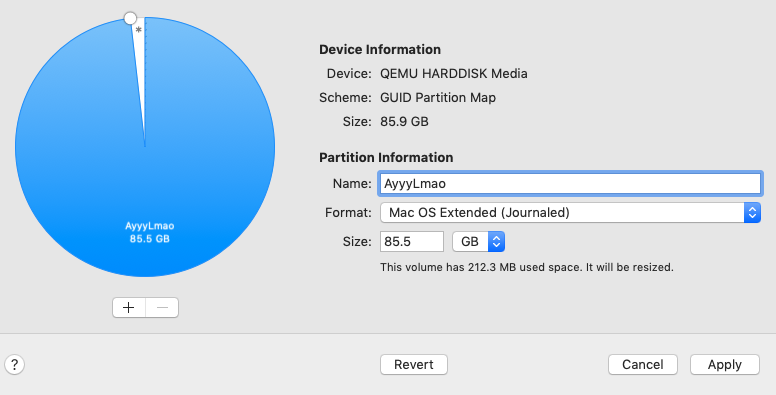
Hope this Kubernetes homelab with KVM and OpenVSwitch, could be a good help. Let’s check our bridge in openvswitch bridge and ports: # sudo ovs-vsctl showĬheck the interface name in the instance: # sudo virsh dumpxml k8s-control1 | grep "vnet" Kubernetes homelab with KVM and OpenVSwitch: High level designĬreate qcow2 images for all instances in your lab sudo mkdir /home/qemuįor instance in ' | sed '/^$/d'` do sudo virsh start $i doneĪnd we are done! Checking instances and configurations in our Kubernetes homelab However, Docker doesn’t delete resources by default, so the container still exists in the Exited state. In this case the hostname process exits as soon as the output is written. # sudo LIBGUESTFS_BACKEND=direct virt-filesystems -long -h -all -a centos7.qcow2 Docker keeps a container running as long as the process it started inside the container is still running. Important: Remember to use “xfs_growfs /” in the VM, when you connect to it, to expand the root file system later.įinally, we verify that the filesystems have grown. Before deleting the old disk, carefully check that the resized disk boots and works correctly. Resize operation completed with no errors. dev/sda1: This partition will be resized from 8.0G to 28.0G. Virt-resize: warning: unknown/unavailable method for expanding the xfs # sudo LIBGUESTFS_BACKEND=direct virt-resize -expand /dev/sda1 centos7-orig.qcow2 centos7.qcow2 So be careful you are growing the correct partitions on your qcow. NOTE: In this example /dev/sda1 is not the /boot partition. See example below.įirst, we make a backup copy of the disk as shown below. So we need to make a backup copy and use it as input and use the original qcow as output. Note that “virt-resize” CANNOT resize disk images in-place.


Now we need to resize the underlying filesystems using “virt-resize“. # cp CentOS-7-x86_64-GenericCloud.qcow2 centos7.qcow2 Now, we’ll resize the QCOW2 image to get more disk space for our pods (i.e. sudo LIBGUESTFS_BACKEND=direct guestfish -rw -a CentOS-7-x86_64-GenericCloud.qcow2 “newpass”): openssl passwd -1 newpassĪnd then let’s get into the image using guestfish and add this password to the /etc/shadow file and user root.

#DOCKER FOR MAC CANNOT RESIZE QCOW2 INSTALL#
Sudo yum -y install qemu-kvm libvirt bridge-utils libguestfs-tools libvirt-python genisoimageĬurl -s -o CentOS-7-x86_64-GenericCloud.qcow2įirst of all, let’s set a password for root (i.e.
#DOCKER FOR MAC CANNOT RESIZE QCOW2 HOW TO#
Yeah! I know 3 instances are the best for HA, but this is a lab and I just want to test to have more than one controller to check how to deal with something like with Rancher.


 0 kommentar(er)
0 kommentar(er)
